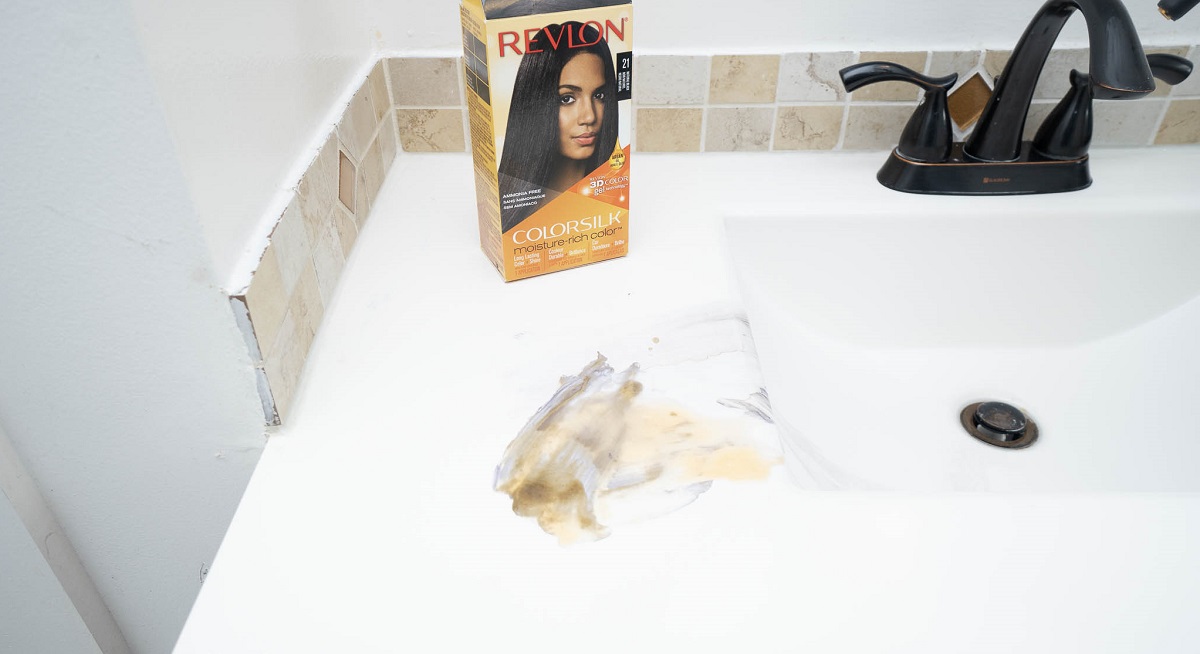

Articles
How To Get Hair Dye Off Vanity
Modified: October 20, 2024
Discover effective articles on how to remove hair dye stains from your vanity. Get expert tips and tricks for a clean and stain-free surface.
(Many of the links in this article redirect to a specific reviewed product. Your purchase of these products through affiliate links helps to generate commission for Storables.com, at no extra cost. Learn more)
Introduction
Getting a new hair color can be an exciting experience, but it can also lead to some unwanted mishaps. One common problem that many people face is getting hair dye on their vanity or bathroom countertop. The vibrant colors of hair dye can easily stain various surfaces, including porcelain, marble, or laminate, leaving behind unsightly marks. If you find yourself in this predicament, fear not! There are several methods you can try to effectively remove hair dye stains from your vanity.
It’s important to act as soon as possible when you notice the dye on your vanity, as fresh stains are easier to remove. Depending on the material and finish of your vanity, certain products and techniques may work better than others. In this article, we will explore different methods that have been proven effective in eliminating hair dye stains from vanities. From household items to commercial cleaning products, there is a solution for every situation, allowing you to restore the pristine appearance of your vanity.
Key Takeaways:
- Say goodbye to hair dye stains on your vanity with household items like baking soda, toothpaste, and vinegar, or opt for commercial cleaning products for stubborn stains. Act quickly and test solutions for best results.
- Restore your vanity’s pristine appearance by using natural remedies like lemon juice and hydrogen peroxide, or rely on the power of commercial cleaning products for tough hair dye stains. Test solutions and be patient for effective results.
Read more: How To Get Hair Dye Off Sink
Methods for Removing Hair Dye from Vanity
When it comes to removing hair dye stains from your vanity, there are various methods you can try. It’s important to note that the effectiveness of each method may vary depending on the type of vanity and the severity of the stain. It’s always a good idea to test any cleaning solution on a small, inconspicuous area of your vanity before applying it to the stained area. Let’s explore some of the most effective methods for removing hair dye from your vanity:
- Baking Soda and Water Paste: Create a paste by combining baking soda and water. Apply the paste to the stained area and gently scrub with a soft cloth or sponge. Baking soda is known for its abrasive properties, which can help lift the dye stains from the surface of your vanity.
- Toothpaste: Toothpaste has mild abrasive properties, making it an effective option for removing hair dye stains. Apply a small amount of non-gel toothpaste to a soft cloth or sponge and gently rub the stained area in a circular motion. Rinse with water and wipe dry.
- Rubbing Alcohol: Dampen a cotton ball or cloth with rubbing alcohol and gently dab the stained area. Rubbing alcohol is known for its ability to dissolve and remove various types of stains. Be sure to rinse the area with water and wipe dry.
- Acetone or Nail Polish Remover: If your vanity has a non-porous surface, you can try using acetone or nail polish remover to remove hair dye stains. Apply a small amount to a cotton ball or cloth and gently blot the stained area. Wipe clean with a damp cloth and dry thoroughly.
- Hydrogen Peroxide: Hydrogen peroxide is a natural bleaching agent that can help lighten hair dye stains. Dampen a clean cloth or sponge with hydrogen peroxide and gently blot the stained area. Rinse with water and wipe dry.
- Magic Eraser: Magic erasers are known for their ability to remove tough stains. Moisten the magic eraser and gently rub the stained area. Be cautious and test it on a small area first to ensure it doesn’t damage the finish of your vanity.
- Dish Soap and Water Mixture: Create a solution by mixing dish soap and warm water. Dampen a cloth or sponge with the mixture and gently scrub the stained area. Rinse with water and wipe dry.
- Vinegar and Water Solution: Mix equal parts of vinegar and water in a spray bottle. Spray the solution onto the stained area and allow it to sit for a few minutes. Use a cloth or sponge to gently scrub the stain. Rinse with water and wipe dry.
- Lemon Juice: Lemon juice is a natural bleaching agent that can help lighten hair dye stains. Squeeze fresh lemon juice onto a cloth or sponge and gently rub the stain. Rinse with water and wipe dry.
- Commercial Cleaning Products: There are commercial cleaning products specifically designed for removing tough stains like hair dye. Follow the instructions on the product and apply it to the stained area. Be sure to rinse the area thoroughly and wipe dry.
Baking Soda and Water Paste
Baking soda is a versatile household ingredient that can be incredibly effective in removing hair dye stains from your vanity. Its mild abrasive properties help break down the dye molecules and lift them from the surface. Creating a baking soda and water paste is a simple and affordable solution for tackling hair dye stains.
To make the paste, start by mixing equal parts of baking soda and water in a bowl. Stir the mixture until a thick, paste-like consistency is achieved. You can adjust the ratio if needed to achieve the desired texture. Once the paste is ready, apply it directly to the hair dye stain on your vanity.
Using a soft cloth or sponge, gently scrub the stained area in circular motions. The baking soda paste will help lift the dye from the surface without causing any damage. Be careful not to scrub too vigorously, especially if your vanity has a delicate finish or is made of a sensitive material.
After scrubbing the stain, let the baking soda paste sit on the area for a few minutes. This allows the paste to penetrate further and work on stubborn dye stains. You can cover the paste with a damp cloth or plastic wrap to prevent it from drying out during this time.
Once the paste has had some time to work its magic, rinse the area thoroughly with warm water. Use a clean cloth or sponge to wipe away any residue from the baking soda paste. Finally, dry the surface of your vanity with a clean towel or cloth.
If the hair dye stain persists, you can repeat the process or try a different cleaning method. Remember to always test any cleaning solution on a small, inconspicuous area before applying it to the stained area.
Baking soda is a gentle yet effective option for removing hair dye stains from your vanity. It is readily available in most households and offers a natural and affordable solution for stain removal. With a little patience and effort, you can restore the pristine appearance of your vanity and remove those unsightly hair dye stains.
Toothpaste
Did you know that toothpaste, the trusty companion of oral hygiene, can also come to the rescue when it comes to removing hair dye stains from your vanity? Toothpaste contains mild abrasives that can help lift and remove stubborn stains, including hair dye.
To begin, choose a non-gel toothpaste that does not contain any whitening agents or rough particles. These can potentially damage the surface of your vanity. It is always a good idea to test the toothpaste on a small, inconspicuous area of your vanity to ensure it doesn’t cause any discoloration or harm.
Start by applying a small amount of toothpaste to a soft cloth or sponge. Gently rub the stained area in circular motions, ensuring that the toothpaste covers the entire stained surface. Apply light pressure and avoid rough scrubbing, as it may cause scratches or damage the finish of your vanity.
Allow the toothpaste to sit on the stain for a few minutes. This will give the toothpaste time to break down the hair dye molecules and lift them from the surface. If the stain is particularly stubborn, you can leave the toothpaste on for a longer duration or repeat the process.
After letting the toothpaste work its magic, rinse the stained area thoroughly with warm water. Use a clean cloth or sponge to wipe away any residual toothpaste. Ensure that all traces of toothpaste are removed, as they can leave behind a sticky residue if not properly rinsed.
Finally, dry the surface of your vanity with a clean towel, ensuring that no moisture remains. This will help prevent any watermarks or streaks on the vanity surface.
Toothpaste is a readily available and affordable option for removing hair dye stains from your vanity. However, it is important to note that toothpaste may not be as effective on all vanity materials or finishes. If you have a delicate or sensitive surface, it is best to opt for a different cleaning method to avoid any potential damage.
Remember to always test the toothpaste on a small area of your vanity before applying it to the stained surface. With a little patience and the right toothpaste, you can successfully remove hair dye stains and restore the pristine appearance of your vanity.
Rubbing Alcohol
Rubbing alcohol is a common household item that can be highly effective in removing hair dye stains from your vanity. Its chemical composition allows it to dissolve and break down the dye molecules, making it easier to remove the stains. Rubbing alcohol is particularly useful for non-porous surfaces such as laminate or glass.
To use rubbing alcohol to remove hair dye stains, start by dampening a cotton ball or cloth with the rubbing alcohol. Gently dab the stained area, ensuring that the alcohol comes into direct contact with the dye. Avoid excessive rubbing or scrubbing, as it can potentially damage the surface of your vanity.
Allow the rubbing alcohol to sit on the stain for a few minutes. This will give it time to penetrate and dissolve the dye particles. You can cover the stained area with a damp cloth or plastic wrap to prevent the rubbing alcohol from evaporating too quickly.
After a few minutes, take a clean cloth or sponge and gently rub the stained area in circular motions. The rubbing alcohol will help loosen and lift the dye from the surface. Repeat this process until the stain begins to fade or disappear completely.
Once the stain has been removed, rinse the area thoroughly with warm water to remove any residual rubbing alcohol. Wipe the surface with a clean cloth or sponge to ensure that all traces of the alcohol are removed.
Afterward, dry the surface of your vanity with a clean towel or cloth to avoid any watermarks or streaks. Ensure that the area is completely dry before using your vanity again.
Keep in mind that rubbing alcohol may not be suitable for all types of vanity materials or finishes. It is always recommended to test it on a small, inconspicuous area before applying it to the stained surface. If you notice any adverse effects, such as discoloration or damage, discontinue use and try an alternative method.
Rubbing alcohol is an affordable and effective option for removing hair dye stains from your vanity, especially on non-porous surfaces. With some patience and gentle scrubbing, you can restore the clean and pristine appearance of your vanity.
Read more: How To Get Hair Dye Off Floor
Acetone or Nail Polish Remover
Acetone or nail polish remover is another effective method for removing hair dye stains from your vanity, especially if your vanity has a non-porous surface. Acetone has strong solvent properties that can break down and dissolve the dye molecules, making it easier to remove the stains.
Before using acetone or nail polish remover on your vanity, make sure to test it on a small, inconspicuous area to ensure that it doesn’t cause any discoloration or damage to the surface. If the test area shows no adverse effects, you can proceed with the following steps.
To begin, dampen a cotton ball or cloth with a small amount of acetone or nail polish remover. Gently blot the hair dye stain, making sure that the liquid comes into direct contact with the dye. Avoid excessive rubbing or scrubbing, as it can potentially damage the surface of your vanity.
Allow the acetone or nail polish remover to sit on the stain for a few minutes. This will give it time to penetrate and dissolve the dye particles. If the stain is particularly stubborn, you can gently rub the stained area using a clean cloth or sponge in circular motions.
After the acetone or nail polish remover has worked its magic, rinse the area thoroughly with warm water to remove any residual liquid. Use a clean cloth or sponge to wipe away any remaining dye or residue.
Ensure that the surface of your vanity is completely dry before using it. You can do this by drying it with a clean towel or cloth, removing any excess moisture.
It’s important to note that acetone or nail polish remover may not be suitable for all types of vanity materials or finishes. It can be particularly harsh on certain surfaces, such as wood or laminate, and may cause discoloration or damage. Exercise caution and only use this method on non-porous surfaces.
When using acetone or nail polish remover, it’s essential to work in a well-ventilated area due to the strong fumes they produce. Additionally, avoid contact with your skin or eyes and keep them out of the reach of children.
Acetone or nail polish remover can be a powerful solution for removing hair dye stains from your vanity, particularly on non-porous surfaces. With careful application and proper precautions, you can successfully eliminate those pesky stains and restore the beauty of your vanity.
Hydrogen Peroxide
Hydrogen peroxide is a natural and effective option for removing hair dye stains from your vanity. It is a bleaching agent that can help lighten and break down the dye molecules, making them easier to remove. Hydrogen peroxide is particularly useful for lighter-colored vanities or surfaces that can tolerate bleaching.
Before using hydrogen peroxide on your vanity, it is essential to test it on a small, inconspicuous area to ensure that it does not cause any discoloration or damage to the surface. Once you have confirmed its compatibility, you can move forward with the following steps.
To begin, pour a small amount of hydrogen peroxide onto a clean cloth or sponge. Gently blot the hair dye stain, making sure to cover the entire affected area. Avoid excessive rubbing or scrubbing, as it can potentially damage the surface of your vanity.
Allow the hydrogen peroxide to sit on the stain for a few minutes. This will give it time to penetrate and break down the dye particles. If the stain is particularly stubborn, you can gently rub the stained area using a clean cloth or sponge in circular motions.
After the hydrogen peroxide has had a chance to work, thoroughly rinse the area with warm water to remove any residual liquid. Use a clean cloth or sponge to wipe away any remaining dye or residue.
It is important to note that hydrogen peroxide is a bleaching agent, and it may lighten or remove the color of your vanity surface. Therefore, this method is best suited for lighter-colored vanities or surfaces that can tolerate bleaching. For dark or sensitive surfaces, it is recommended to choose an alternative method to avoid any unwanted discoloration.
Always ensure that the surface of your vanity is completely dry before using it. You can do this by drying it with a clean towel or cloth, removing any excess moisture.
Hydrogen peroxide is a natural and affordable option for removing hair dye stains from your vanity. With careful application and proper precautions, you can successfully eliminate those stubborn stains and restore the beauty of your vanity.
To remove hair dye from a vanity, try using a mixture of baking soda and water to create a paste. Gently scrub the stained area with the paste using a soft cloth or sponge, then rinse with water. Repeat as needed until the dye is removed.
Magic Eraser
If you’re looking for a convenient and effective option to remove hair dye stains from your vanity, look no further than the versatile Magic Eraser. Magic Erasers are known for their ability to tackle tough stains and marks, making them a popular choice for various cleaning tasks.
To use a Magic Eraser to remove hair dye stains, start by wetting the eraser with water. Squeeze out any excess moisture to ensure it’s damp but not dripping. Gently rub the stained area with the Magic Eraser, applying light pressure to begin with.
As you work, you’ll notice that the Magic Eraser starts to activate and effectively lift the dye stains from the surface of your vanity. Continue to rub in circular motions, focusing on the stained areas until the dye is visibly lightened or removed.
It’s important to note that the Magic Eraser can be abrasive, so it’s crucial to test it on a small, inconspicuous area of your vanity before applying it to the stained surface. This will help you ensure that it won’t cause any scratches, dullness, or damage.
If the stain persists, you can try moistening the Magic Eraser with a gentle cleaning solution such as dish soap mixed with water. This can provide an extra boost in removing stubborn hair dye stains without harming the surface of your vanity.
After successfully eliminating the hair dye stains using the Magic Eraser, rinse the area with water to remove any residue or cleaning solution. Once rinsed, dry the surface of your vanity with a clean towel or cloth to restore its original shine.
Remember to handle the Magic Eraser with care and avoid applying excessive force when rubbing the stained area, as this could potentially damage the surface of your vanity. If you find that the Magic Eraser doesn’t effectively remove the hair dye stains, it’s recommended to try an alternative cleaning method.
The Magic Eraser is a convenient and reliable option for removing hair dye stains from your vanity. With its abrasive capabilities and effectiveness in tackling tough stains, this cleaning tool can help restore the beauty of your vanity surface with relative ease.
Dish Soap and Water Mixture
When it comes to removing hair dye stains from your vanity, sometimes the simplest solutions can be the most effective. One such solution is a mixture of dish soap and water. Dish soap is known for its grease-cutting properties, which can help break down and remove hair dye stains from various surfaces.
To begin, create a dish soap and water mixture by combining a few drops of dish soap with warm water in a bowl or spray bottle. Mix it well to ensure the soap is properly diluted.
Dampen a clean cloth or sponge with the dish soap and water mixture, making sure it’s not excessively soaked. Gently scrub the hair dye stain on your vanity, applying moderate pressure. Work in circular motions to help loosen and lift the dye from the surface.
Rinse the cloth or sponge frequently to prevent spreading the dye or residue. Continue to scrub the stained area until you see the dye starting to fade or disappear. Be patient and avoid using excessive force, as it can potentially damage the finish or material of your vanity.
After thoroughly scrubbing the stain, rinse the area with clean water to remove any soapy residue. Use a clean cloth or sponge to wipe away the remaining water and dry the surface of your vanity.
It’s important to note that the effectiveness of the dish soap and water mixture may vary depending on the severity of the stain and the material of your vanity. While this method is generally safe for most surfaces, it’s always recommended to test it on a small, inconspicuous area first before applying it to the stained surface.
If the hair dye stain persists, you can try repeating the process or using an alternative cleaning method. Remember to be gentle and patient, as gradually removing the stain is safer and more effective than applying excessive force.
The dish soap and water mixture offers a simple and accessible solution for removing hair dye stains from your vanity. With its grease-cutting power, it can effectively eliminate stains without causing damage to your vanity’s surface. Give it a try and restore the clean and flawless appearance of your vanity.
Read more: How To Get Hair Dye Out Of A Carpet
Vinegar and Water Solution
Vinegar is a versatile household ingredient known for its natural cleaning properties, including its effectiveness in removing stains. When combined with water, vinegar creates a potent cleaning solution that can help eliminate hair dye stains from your vanity.
To use a vinegar and water solution, mix equal parts of white vinegar and water in a spray bottle or bowl. Stir or shake the solution well to ensure proper dilution.
Spray or apply the mixture directly to the hair dye stain on your vanity. Allow it to sit on the stain for a few minutes to let the vinegar penetrate and break down the dye molecules. The acidic nature of vinegar helps dissolve the stains and makes them easier to remove.
Using a clean cloth or sponge, gently scrub the stained area in circular motions. Apply moderate pressure but be cautious not to scrub too aggressively, especially if you have a delicate vanity surface. The goal is to lift the dye stain without causing any damage.
Rinse the cloth or sponge regularly to prevent spreading the dye or residue. Continue to scrub until you see the stain fading or disappearing. Be patient and persistent, as it may take several attempts to fully remove the hair dye stain.
After removing the stain, rinse the area thoroughly with clean water to remove any vinegar residue. Use a clean cloth or sponge to wipe away any remaining water and dry the surface of your vanity.
It’s important to note that vinegar is a natural acid and may not be suitable for all vanity materials or finishes. It’s always wise to test the vinegar and water solution on a small, inconspicuous area first before applying it to the stained surface. If you notice any adverse effects, such as discoloration or damage, discontinue use and try an alternative cleaning method.
Vinegar is a cost-effective and eco-friendly option for removing hair dye stains from your vanity. Its natural cleaning properties make it an effective stain remover, but it’s important to use it with caution and appropriate testing. With patience and persistence, you can successfully remove those unwanted hair dye stains and restore the pristine appearance of your vanity.
Lemon Juice
Lemon juice, with its natural bleaching properties, can be a surprisingly effective solution for removing hair dye stains from your vanity. The acidity of lemon juice helps break down the dye molecules, making them easier to lift and eliminate from the surface.
To use lemon juice to remove hair dye stains, start by squeezing fresh lemon juice into a bowl or directly onto a clean cloth or sponge. If desired, you can dilute the lemon juice with a small amount of water to lessen its strength.
Apply the lemon juice directly to the hair dye stain on your vanity. Gently rub the stained area using the cloth or sponge, making circular motions to effectively loosen the dye particles. The natural acids in the lemon juice will work on the stain, gradually lightening and removing it from the surface.
For stubborn stains, you can let the lemon juice sit on the stain for a few minutes. This allows the acids more time to penetrate and break down the dye molecules. However, be cautious with delicate vanity surfaces, as lemon juice can have a bleaching effect and may cause discoloration or damage.
After scrubbing or letting the lemon juice work on the stain, rinse the area thoroughly with clean water to remove any lemon juice residue. Use a clean cloth or sponge to wipe away any remaining water and dry the surface of your vanity.
It’s important to note that while lemon juice is a natural and effective option for removing hair dye stains, it works best on lighter-colored vanities or surfaces that can tolerate bleaching. Darker or sensitive surfaces may be susceptible to discoloration or damage, so it’s crucial to perform a patch test on a small, inconspicuous area before applying lemon juice to the stained surface.
Always exercise caution when using lemon juice, as its acidic nature can cause harm if not used properly. With gentle yet persistent scrubbing, you can successfully remove hair dye stains and restore the clean and vibrant appearance of your vanity using this natural and affordable solution.
Commercial Cleaning Products
If natural remedies are not providing the desired results in removing hair dye stains from your vanity, it may be time to turn to commercial cleaning products specifically designed to tackle tough stains. There are a variety of products available on the market, each formulated with different ingredients and strengths to effectively remove stains.
When selecting a commercial cleaning product, it’s important to choose one that is suitable for your specific vanity material and finish. Read the product labels carefully to ensure compatibility and follow the instructions provided. Additionally, consider opting for products that are specifically formulated to remove dye stains or those recommended for the type of surface you have.
Before applying the commercial cleaning product to the stained area, it’s always wise to test it on a small, inconspicuous area of your vanity. This will help determine if the product causes any adverse effects or damage to the surface.
Once you’ve confirmed the suitability of the product, apply it to the hair dye stain according to the instructions provided. Use a clean cloth or sponge to gently scrub the stained area, following the recommended techniques and guidelines. Avoid using excessive force or scrubbing too vigorously to prevent any potential damage.
After scrubbing, allow the cleaning product to sit on the stain for the recommended duration. This will allow the active ingredients in the product to penetrate and break down the dye molecules, making them easier to remove.
Thoroughly rinse the area with clean water to remove any residue from the cleaning product. Use a clean cloth or sponge to wipe away any remaining water and dry the surface of your vanity.
It’s important to note that commercial cleaning products may contain chemicals that can be harmful if not used properly. Always follow the instructions on the product’s packaging, including safety precautions and recommended ventilation.
Commercial cleaning products are specifically formulated to tackle tough stains, including hair dye stains. With their targeted cleaning power, they can effectively remove stubborn stains from your vanity. However, it’s essential to choose the right product for your vanity material and to follow the instructions carefully to ensure safe and effective stain removal.
If you’re unsure about which commercial cleaning product to use or are concerned about using chemicals, it’s helpful to consult with professionals or seek recommendations from experts in the field.
Conclusion
Dealing with hair dye stains on your vanity can be a frustrating experience, but the good news is that there are various methods available to help remove these stubborn stains. From household items to commercial cleaning products, you have plenty of options to choose from based on the material and finish of your vanity.
When it comes to removing hair dye stains from your vanity, it’s important to act quickly. Fresh stains are generally easier to remove than older, set-in stains. Be sure to test any cleaning solution or method on a small, inconspicuous area of your vanity before applying it to the stained surface, as this will help prevent any potential damage or discoloration.
Some popular methods for removing hair dye stains from vanities include creating a baking soda and water paste, using toothpaste as a mild abrasive, utilizing rubbing alcohol to dissolve the dye, or employing acetone or nail polish remover for non-porous surfaces. Additionally, hydrogen peroxide, Magic Erasers, dish soap and water mixtures, vinegar and water solutions, lemon juice as a natural bleaching agent, and commercial cleaning products specifically designed for stain removal can also be effective.
Remember to approach the stain removal process with patience, as it may take multiple attempts to fully eliminate the dye stains. Take care not to scrub too vigorously, especially if your vanity has a delicate surface or finish.
In conclusion, it’s important to find a method that best suits the material and finish of your vanity and to follow the proper techniques and precautions. By choosing the appropriate solution and applying it with care, you can successfully remove hair dye stains and restore the clean and pristine appearance of your vanity.
If you’re unsure or uncomfortable attempting stain removal on your own, it’s always a good idea to seek professional assistance or consult with experts who can provide personalized advice and guidance.
Remember, accidents happen, but with a little know-how and the right approach, you can restore your vanity to its former glory and enjoy a stain-free environment in your bathroom.
Frequently Asked Questions about How To Get Hair Dye Off Vanity
Was this page helpful?
At Storables.com, we guarantee accurate and reliable information. Our content, validated by Expert Board Contributors, is crafted following stringent Editorial Policies. We're committed to providing you with well-researched, expert-backed insights for all your informational needs.
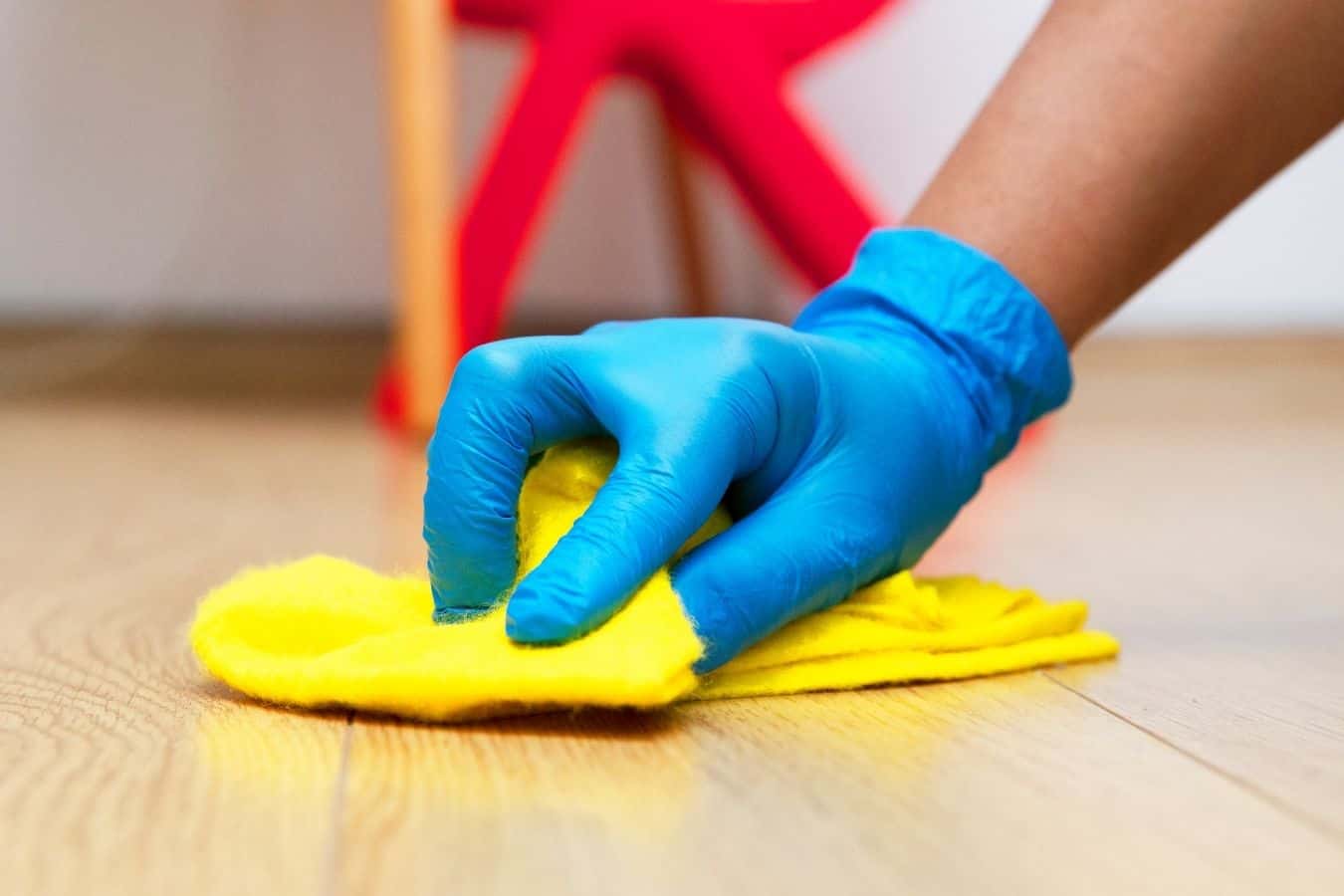
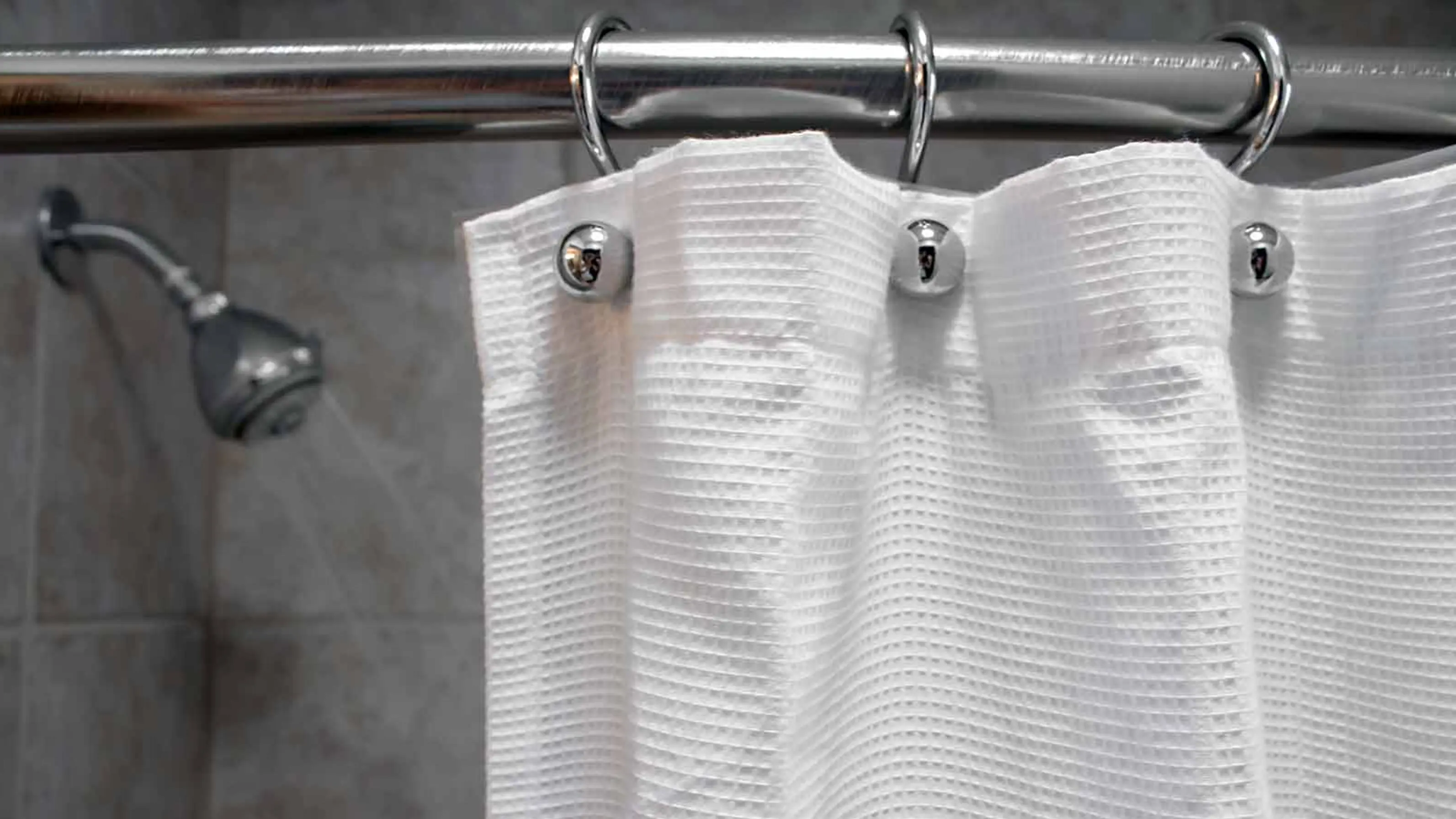
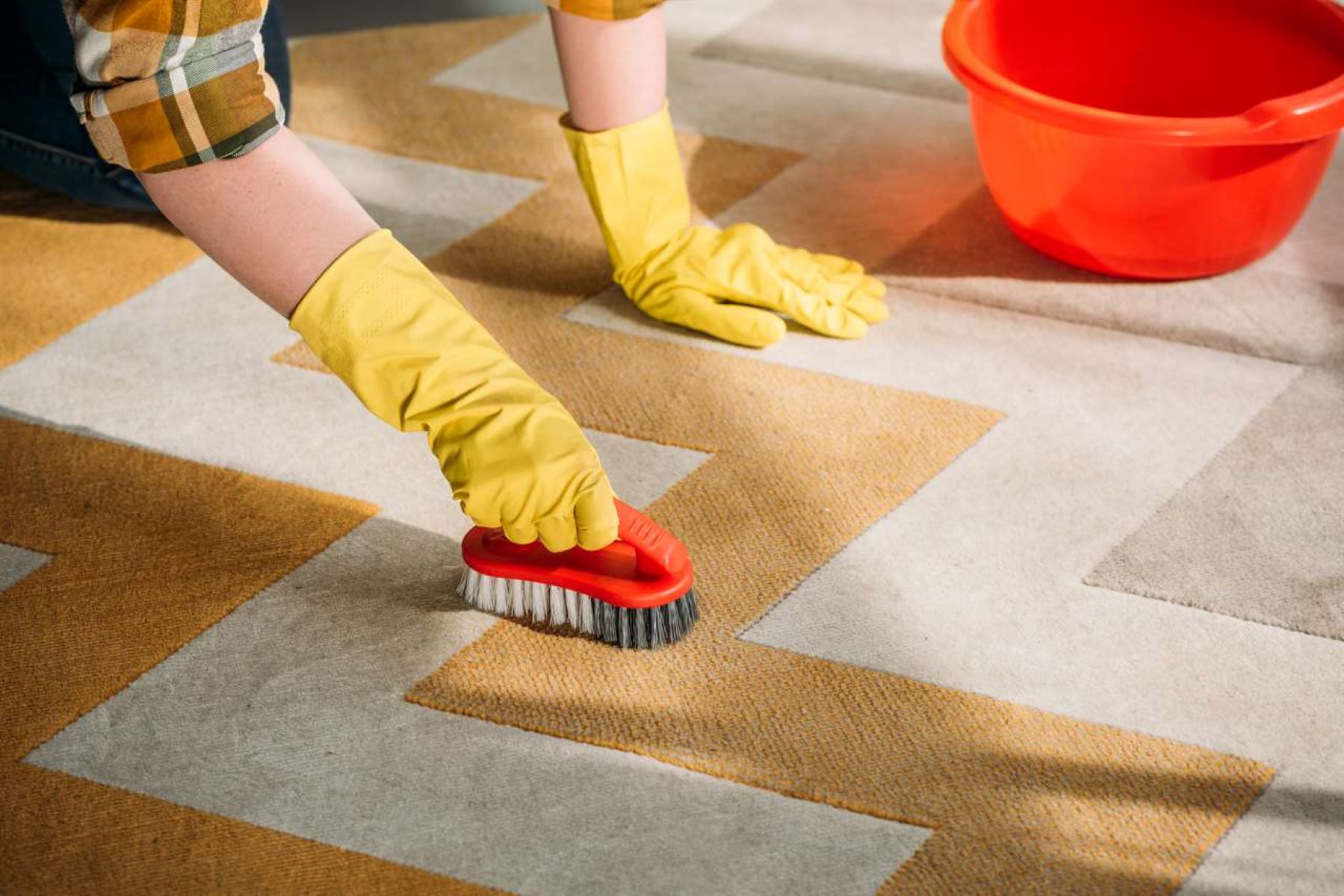
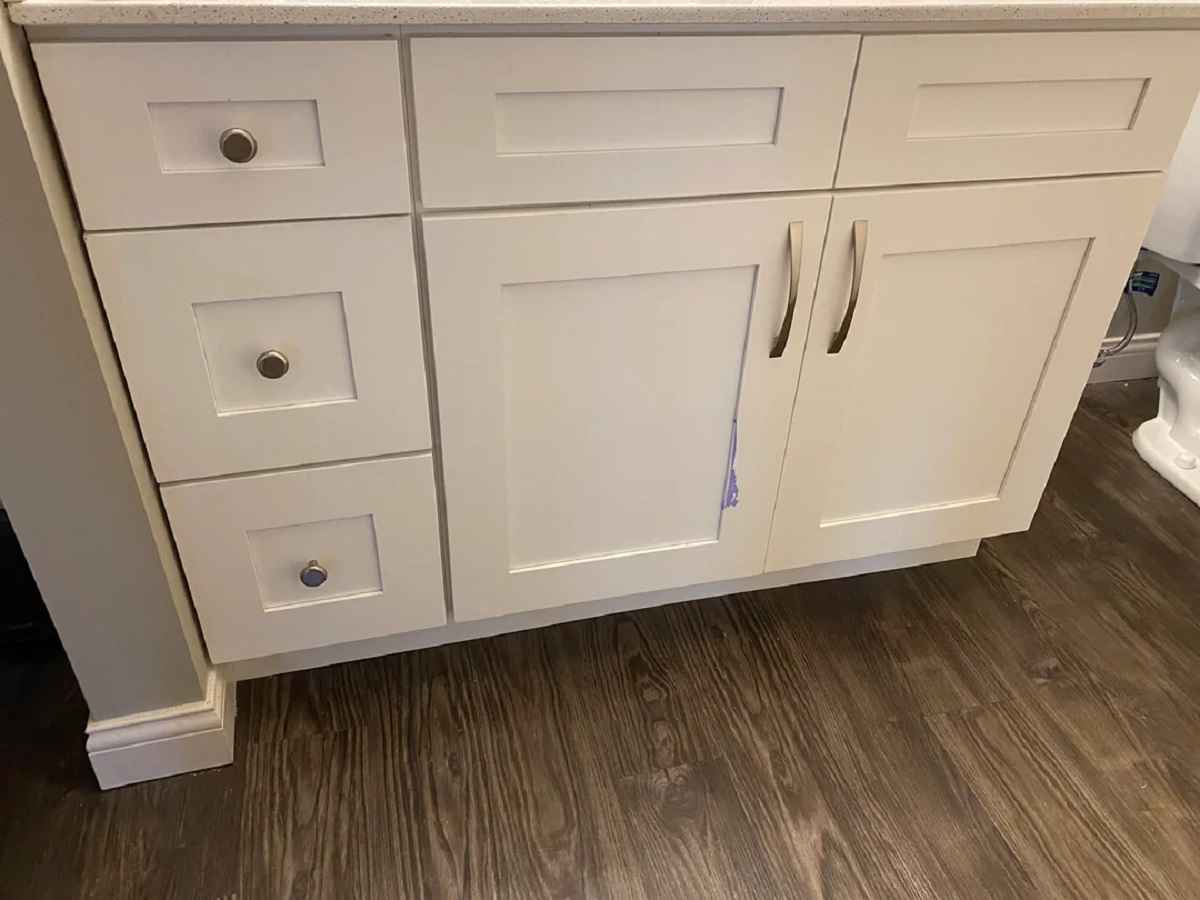

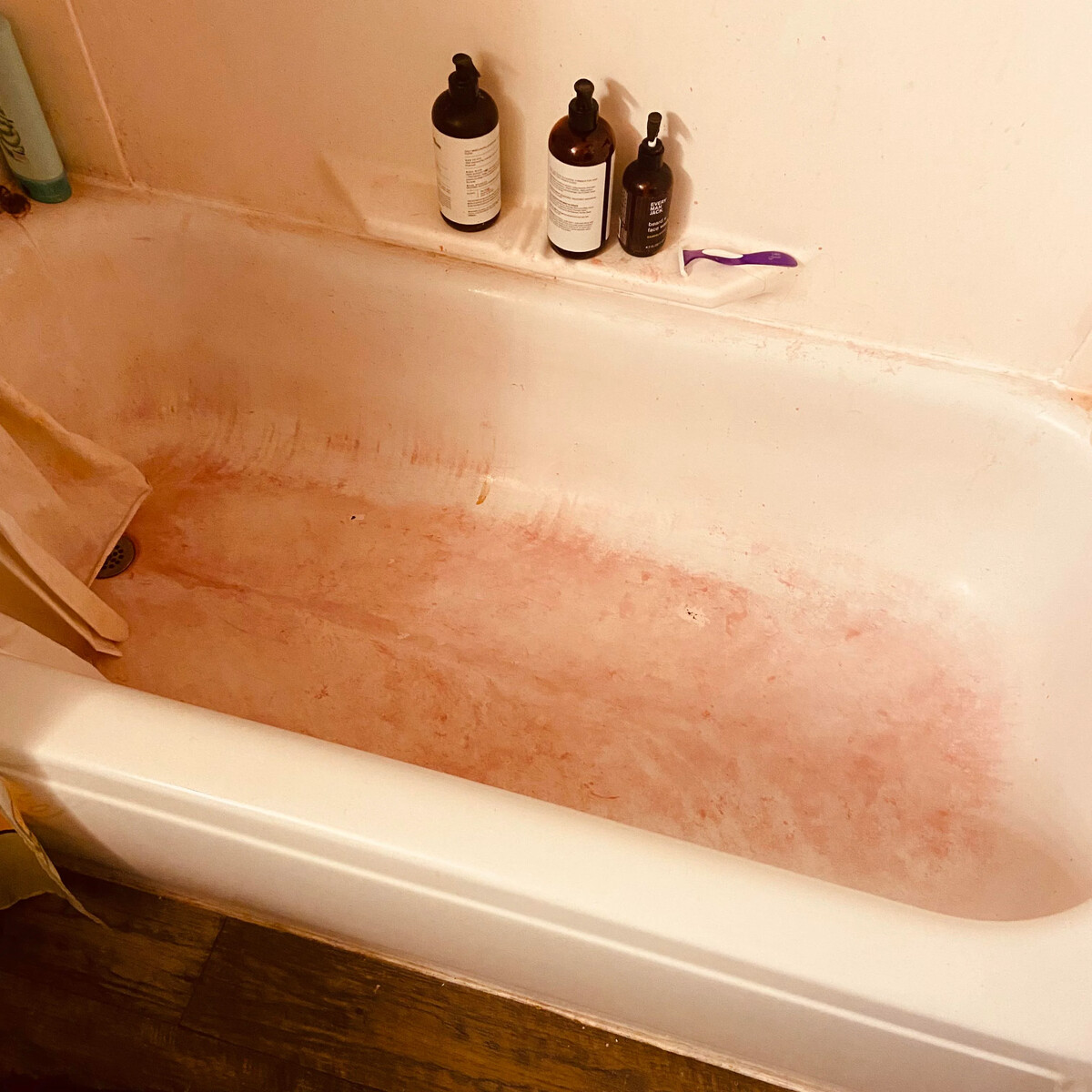
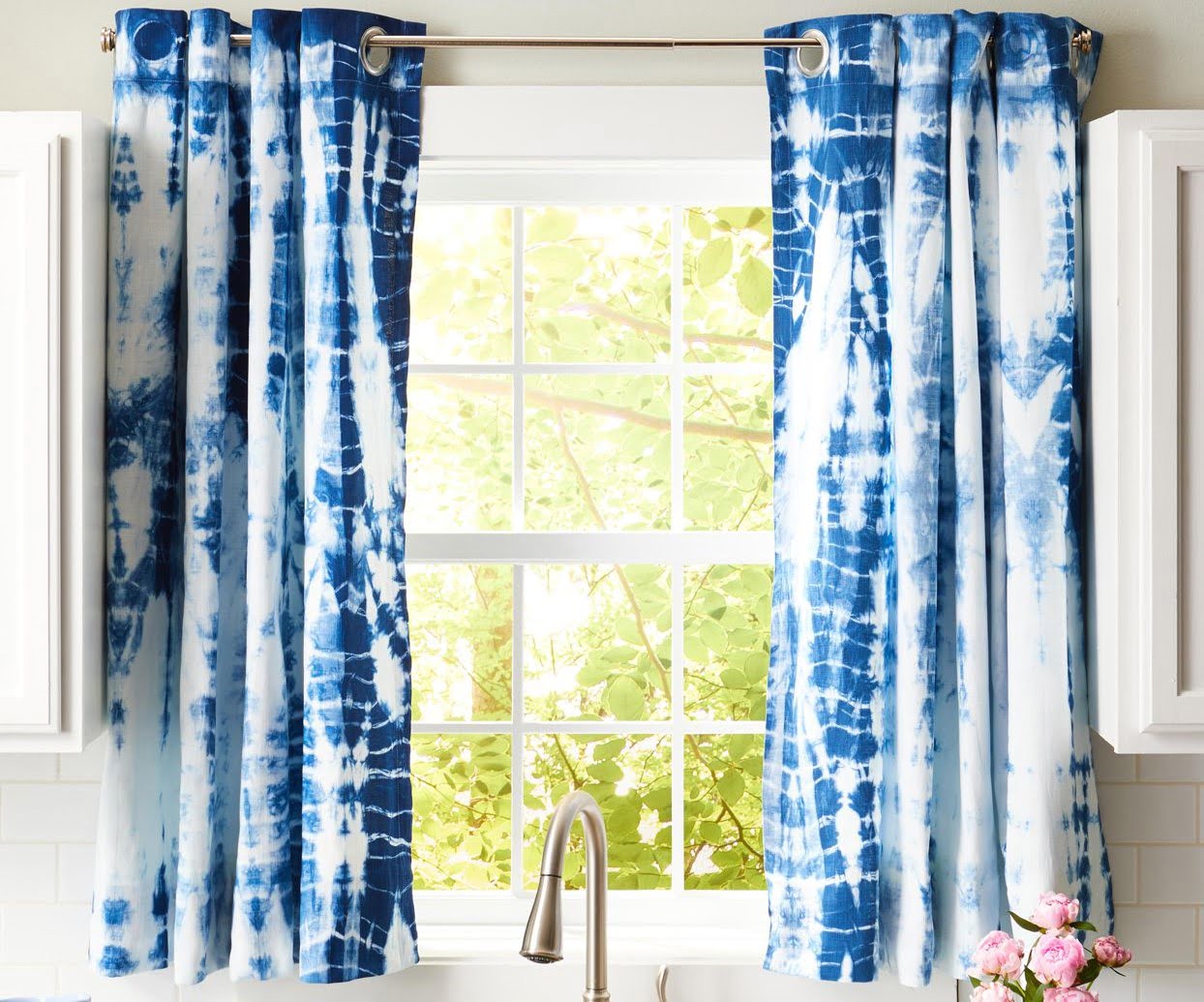

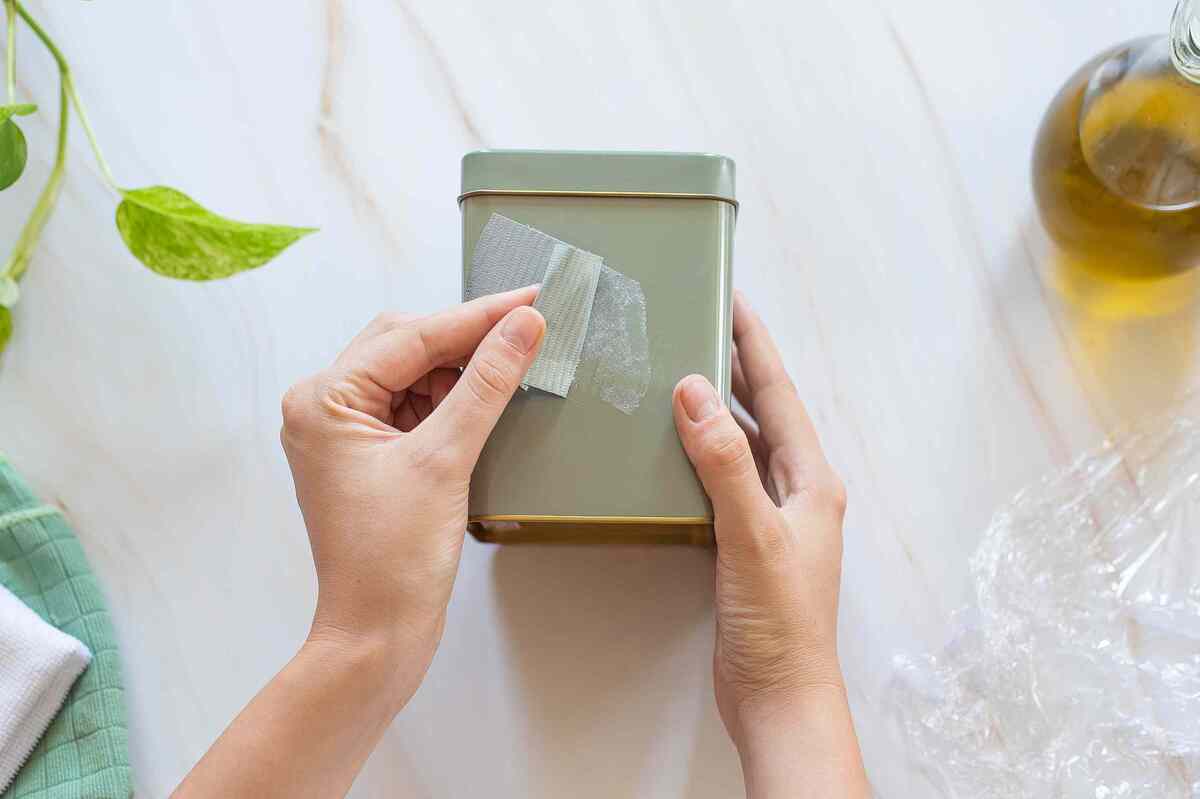
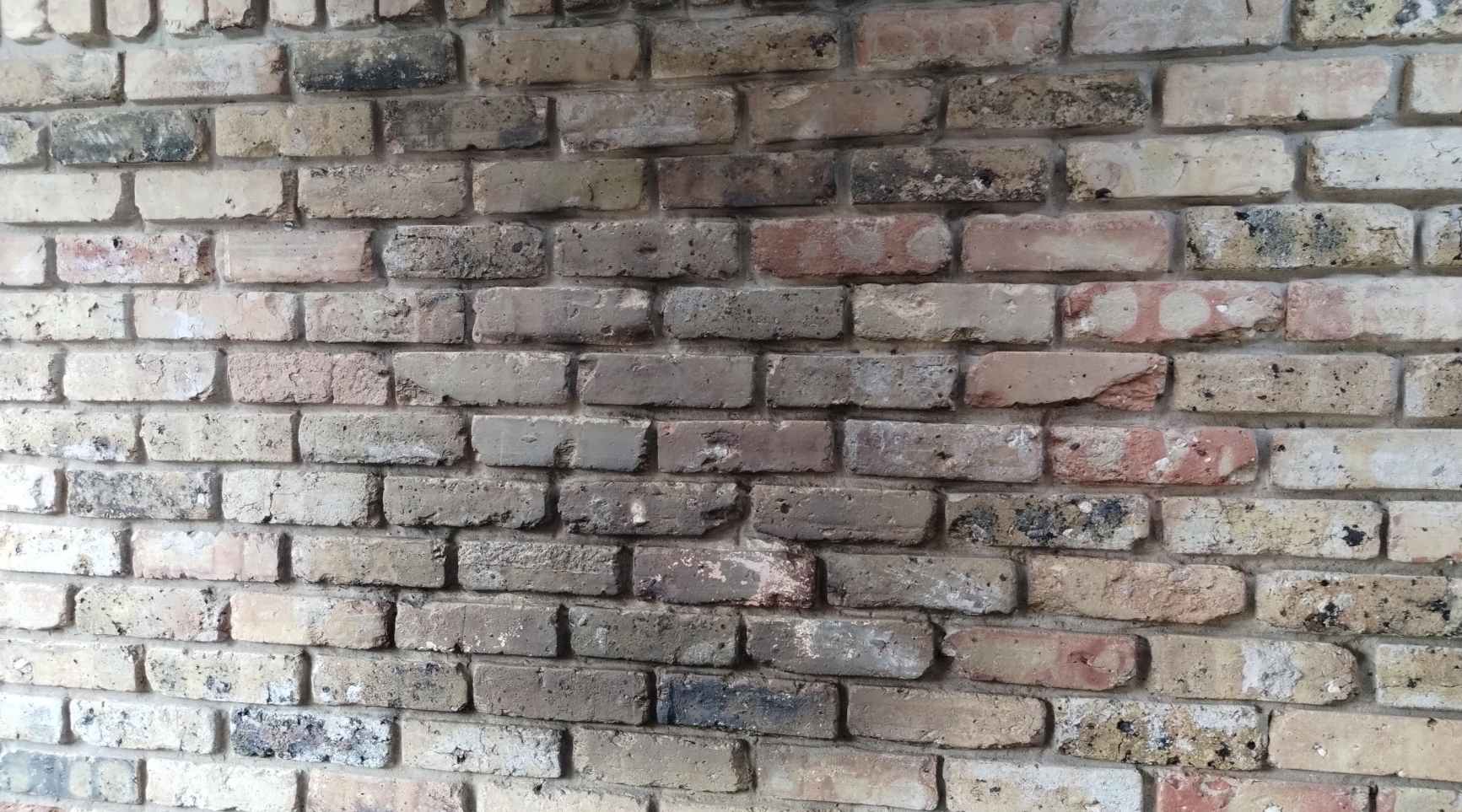
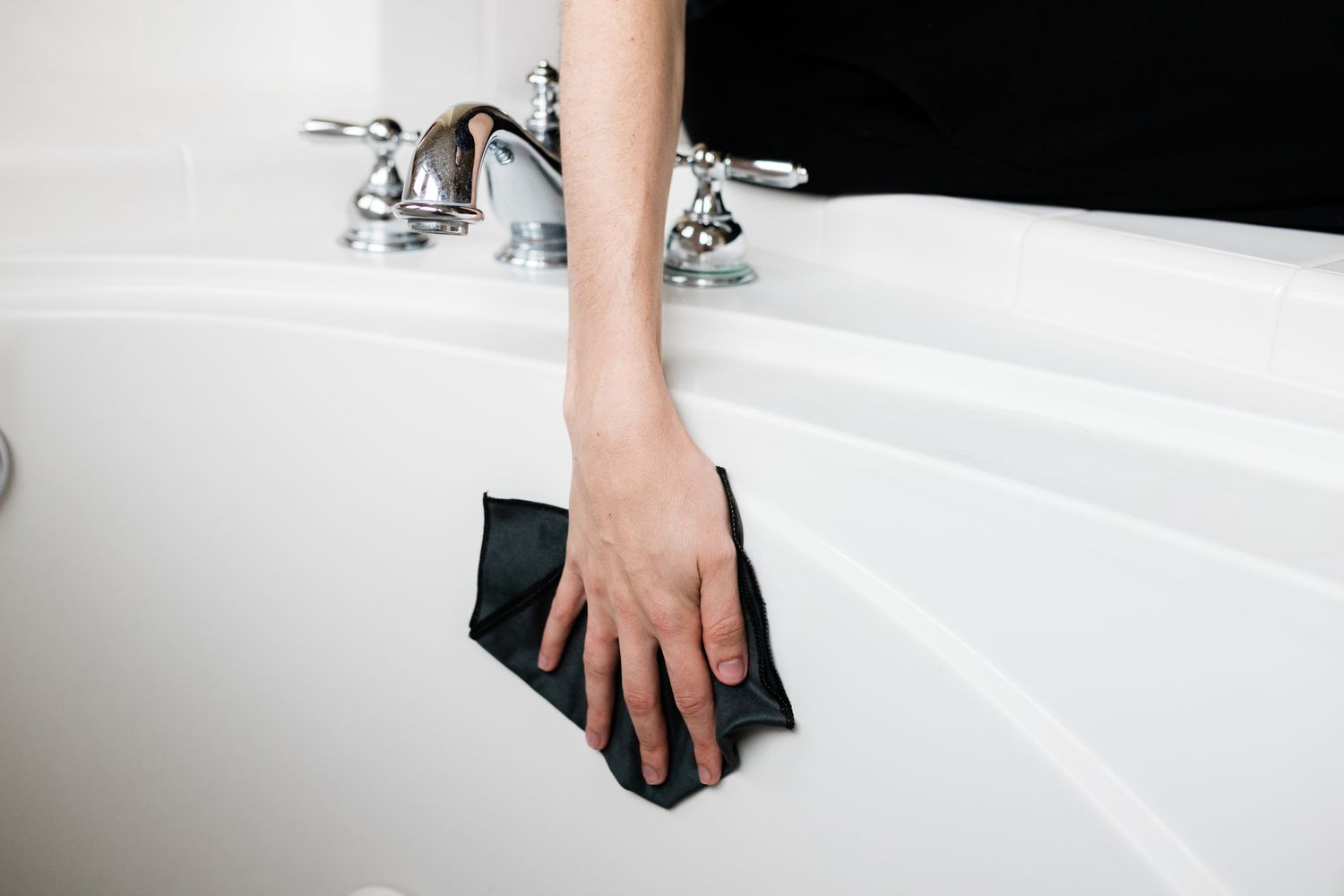

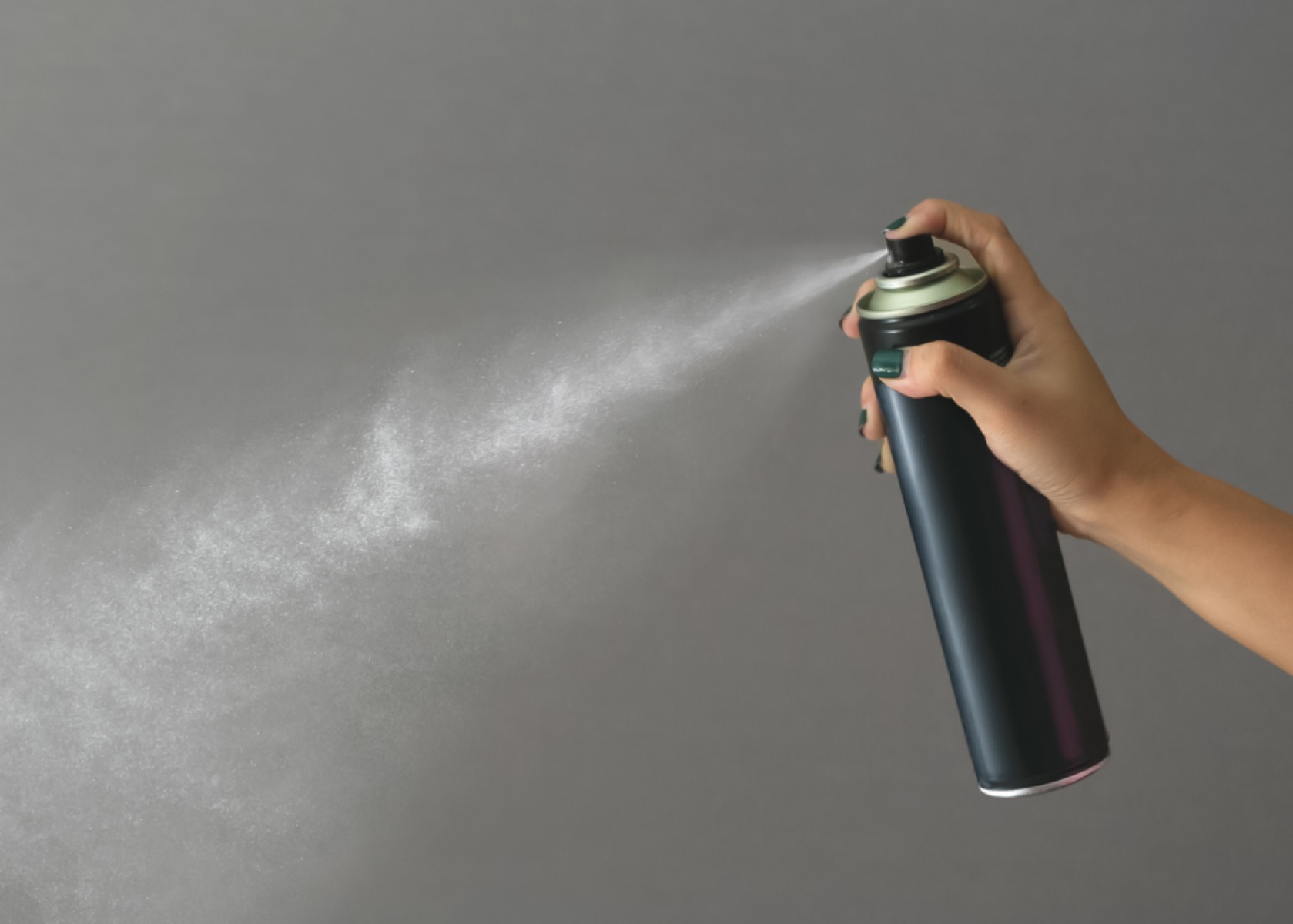

0 thoughts on “How To Get Hair Dye Off Vanity”